HELP! Asters turning brown!
aunt_lou
16 years ago
Related Stories
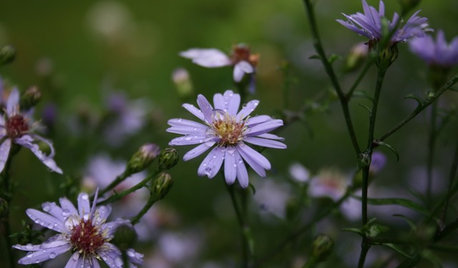
FLOWERS6 Overlooked Asters for Tough Spots
Whether your garden has baking sun or dry dense shade, boggy soil or sandy gravel, there's an aster for that
Full Story
HOUZZ TOURSMy Houzz: A Circle of Friends Turns a Dallas House Into a Home
Homeowners enlist help from friends to remodel, build an addition and decorate their home
Full Story
HOUZZ TOURSMy Houzz: Turning a Netherlands Barn Into a Country Home
Once a place for chilling milk, this Dutch home now lets the owners chill out in easygoing comfort
Full Story
REMODELING GUIDESHouzz Tour: Turning a ’50s Ranch Into a Craftsman Bungalow
With a new second story and remodeled rooms, this Maryland home has plenty of space for family and friends
Full Story
GREAT HOME PROJECTSTurn That Spare Room Into a Walk-in Closet
New project for a new year: Get the closet you’ve always wanted, starting with all the info here
Full Story
MOST POPULARYou Can Turn That Into a Bathroom Vanity?
Find inspiration in 13 unconventional bathroom vanities that are as functional as the real deal
Full Story
COLORFUL HOMESHouzz Tour: Turning Tradition on Its Head in Vermont
Leopard-spotted stairs, Victoriana paired with Lucite and other daring style moves give a home in a shire a completely new twist
Full Story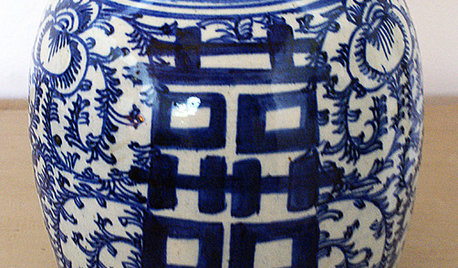
LIGHTINGHow to Turn a Vase Into a Lamp
Fashion a light fixture from that antique or thrift store find, for a one-of-a-kind piece you’ll be proud to display
Full Story
STORAGEStorage Surprise: Turn Colorful Tool Cabinets Into Fun Furniture
Reimagine your handy chests as nightstands, bar carts and kitchen storage for a bright interior alternative
Full Story
LANDSCAPE DESIGNHow to Turn an Ugly Wall Into a Feature
There are plenty of ways, from planting to paneling, to improve your garden view
Full Story





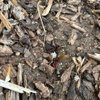
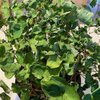
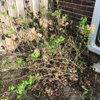

aachenelf z5 Mpls
athenainwi
Related Professionals
Ashland Landscape Architects & Landscape Designers · Fitchburg Landscape Architects & Landscape Designers · Severn Landscape Architects & Landscape Designers · Broadlands Landscape Contractors · Camp Verde Landscape Contractors · Cordele Landscape Contractors · Dunwoody Landscape Contractors · Fort Wayne Landscape Contractors · Hilton Head Island Landscape Contractors · Kaneohe Landscape Contractors · Las Vegas Landscape Contractors · Mission Viejo Landscape Contractors · Oakland Landscape Contractors · Ronkonkoma Landscape Contractors · New Carrollton Landscape Contractorstess_5b
entling
aunt_louOriginal Author
athenainwi
dreamercp
aachenelf z5 Mpls
dreamercp
aunt_louOriginal Author
christinmk z5b eastern WA
Monique z6a CT
aftermidnight Zone7b B.C. Canada
jean001
dreamercp
Kat SE Wisconsin z5
aunt_louOriginal Author
ellen_s
Kat SE Wisconsin z5
dreamercp
Kat SE Wisconsin z5
Loretta NJ Z6
katheric
aunt_louOriginal Author
aachenelf z5 Mpls
Kat SE Wisconsin z5
aunt_louOriginal Author
aunt_louOriginal Author
primgal36
Kat SE Wisconsin z5
aunt_louOriginal Author